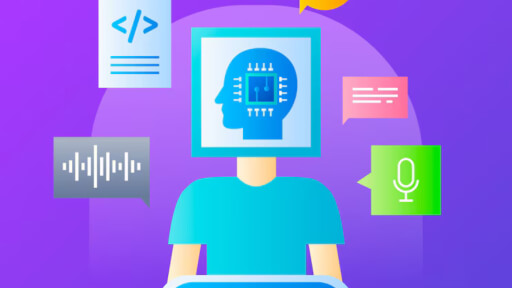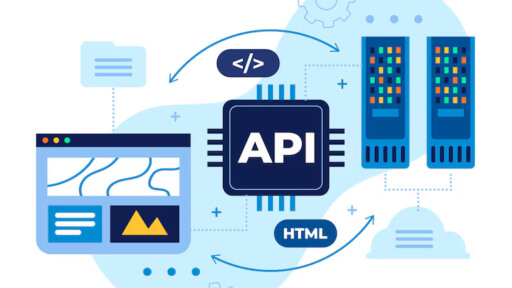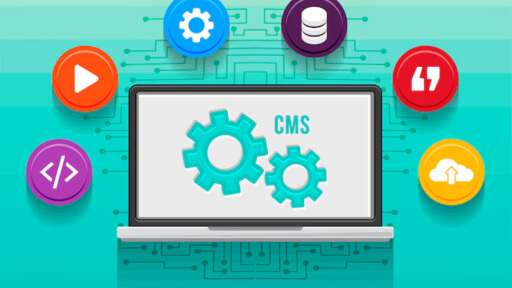 1-800-805-5783
1-800-805-5783 
Software development is transforming, driven by the advent of Neural Programming Interfaces (NPIs) and advancements in program synthesis. These innovations are redefining the coding paradigms, enabling the automatic generation of programs from high-level specifications, and fostering a more intuitive interaction between developers and machines.
This article looks into the intricacies of NPIs, the pivotal role of large language models (LLMs) in program synthesis, their real-world applications, the challenges they present, and the future trajectory of these technologies.
Neural Programming Interfaces (NPIs) represent a novel approach in software engineering. Specialized neural networks are designed to interface seamlessly with pre-trained language models. This integration allows manipulation of hidden activations within these models to produce desired outputs without altering the original model’s weights. Such a mechanism facilitates the repurposing of pre-trained models for new tasks, including program synthesis, thereby enhancing their versatility and applicability in various domains.
The core functionality of NPIs lies in their ability to interpret high-level, natural language descriptions provided by developers and translate them into executable code. This process leverages the pattern recognition and language understanding capabilities of neural networks, streamlining the development workflow and reducing the cognitive load on programmers.

Program synthesis is the automatic construction of executable code that fulfills a specified set of requirements. Historically, this concept faced significant challenges due to the complexity of accurately translating abstract specifications into functional programs. However, the emergence of large language models has revitalized interest and progress in this field.
Large language models, such as OpenAI’s GPT series, have been trained on extensive datasets that encompass code repositories, documentation, and programming tutorials. This comprehensive training enables them to generate coherent and contextually relevant code snippets that respond to natural language prompts, supporting tasks such as program synthesis and thereby bridging the gap between human intent and machine execution.
Integrating large language models into program synthesis has marked a paradigm shift in software development practices. These models can generate code across various programming languages by understanding and processing natural descriptions. This capability, known as program synthesis with large language models, offers several advantages:
However, it’s crucial to approach this technology with discernment. While LLMs can produce impressive results in program synthesis, they may also generate syntactically correct code that is semantically flawed or insecure. Therefore, human oversight remains indispensable for validating and refining the outputs of these models.

The practical applications of NPIs and program synthesis with large language models are vast and varied:
A notable study by Google Research evaluated models with parameters ranging from 244 million to 137 billion on benchmarks designed to assess their ability to synthesize short Python programs from natural language descriptions. The findings highlighted the potential of these models to generate functional code, with performance scaling log-linearly with model size.
Another significant approach is the Jigsaw methodology, which combines large language models with program analysis and synthesis techniques. This method aims to enhance the reliability of code generation by integrating post-processing steps that ensure the generated code meets the desired specifications.
Despite the promising advancements, the integration of NPIs and program synthesis with large language models presents several challenges:
Addressing these challenges requires a collaborative effort from researchers, developers, and policymakers to establish guidelines and best practices for the responsible use of AI in software development.

The future of NPIs and program synthesis is poised for significant growth. Emerging trends indicate a shift towards more interactive and context-aware systems that can engage in dialogue with developers, providing explanations and alternatives for generated code. Additionally, integrating these models with other AI systems, such as those for testing and debugging, could further streamline the development process.
As these technologies evolve, they hold the potential to revolutionize software engineering by making coding more accessible, reducing development time, and enhancing the overall quality of software products.

Neural Programming Interfaces and program synthesis are at the forefront of a transformative shift in software development. These technologies, especially when combined with the capabilities of program synthesis with large language models, empower developers to move beyond traditional coding methods. By translating high-level natural language instructions into executable code, these systems streamline development, reduce time to deployment, and lower the barrier to entry for programming.
However, while the potential is immense, responsible deployment remains essential. Security, code accuracy, and ethical use challenges in program synthesis must be addressed proactively. As research progresses and models become more refined, we can expect a new era of software engineering, where human creativity and AI-driven automation collaborate to build robust, secure, and innovative solutions.
The journey of program synthesis is just beginning, and its integration with powerful neural interfaces and large language models (LLMs) promises to redefine how we write, understand, and interact with code. This isn’t just evolution—it’s a reimagination of programming itself.
[x]cube has been AI-native from the beginning, and we’ve been working with various versions of AI tech for over a decade. For example, we’ve been working with Bert and GPT’s developer interface even before the public release of ChatGPT.
One of our initiatives has significantly improved the OCR scan rate for a complex extraction project. We’ve also been using Gen AI for projects ranging from object recognition to prediction improvement and chat-based interfaces.
Interested in transforming your business with generative AI? Talk to our experts over a FREE consultation today!